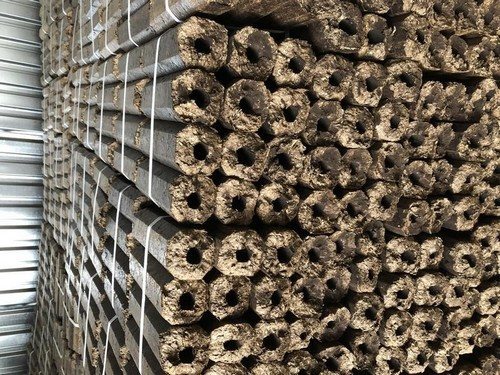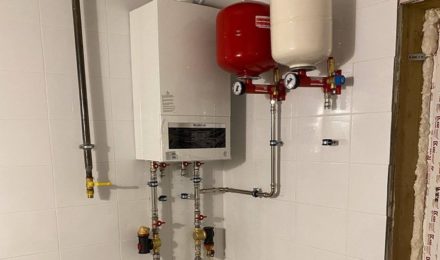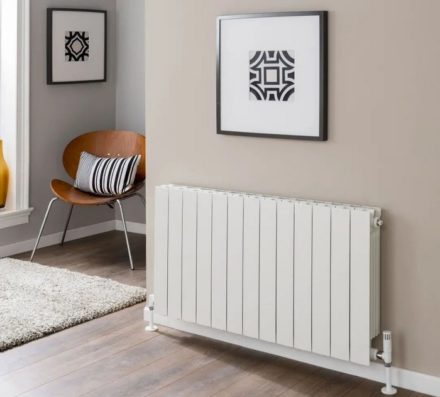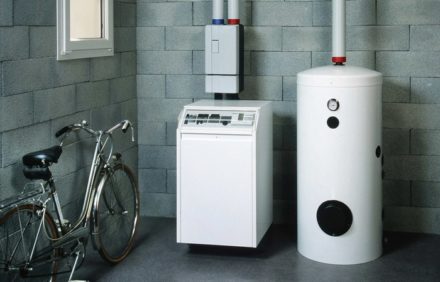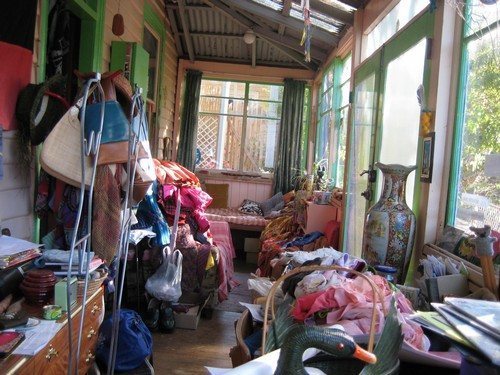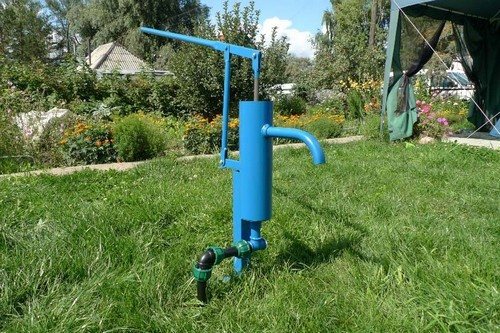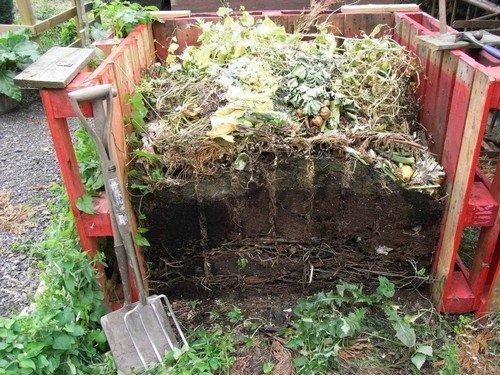Owners of country houses and cottages without access to central heating, or housing where there is no autonomous heating system powered by gas or electricity, are forced to look for other ways to solve the problem of maintaining heat during the cold season. Boiler houses in settlements remote from large cities, industrial warehouse buildings or farms that also do not have access to gas supply have to use other methods of heating premises.
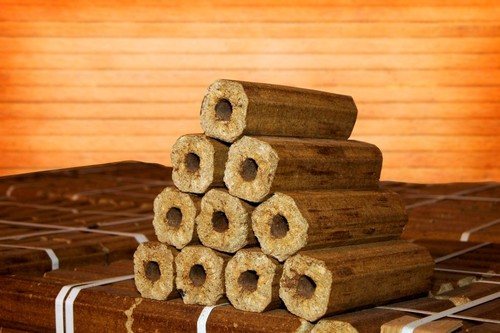
Until recently, villages and hamlets used firewood and sometimes coal for these purposes. But relatively recently, a new type of fuel has appeared on sale, which can significantly reduce the scale of deforestation - fuel briquettes. Despite the price exceeding the cost of wood, such fuel has a large list of advantages that contribute to significant savings in fuel consumption and, as a result, provides more efficient heat transfer.
Positive aspects of using fuel in briquettes
Such briquettes are made mainly from waste from forestry and agricultural industries. Therefore, they are considered environmentally friendly and energy-saving materials. Fuel is obtained in briquettes by pressing various natural materials. This ensures an increase in burning time and heat transfer due to a denser structure than that of firewood.Due to the minimum content of soot that clogs chimneys, the use of briquettes allows you to be more careful with the heating system equipment.
If the production technology is followed, one of the stages of which is drying, and stored correctly, the briquettes have little moisture. This promotes efficient combustion and greater heat transfer. It is recommended not to exceed the permissible humidity. This may affect the quality of productive combustion of the briquette. If it gets significantly wet, it can become very delaminate and will be useless for use.
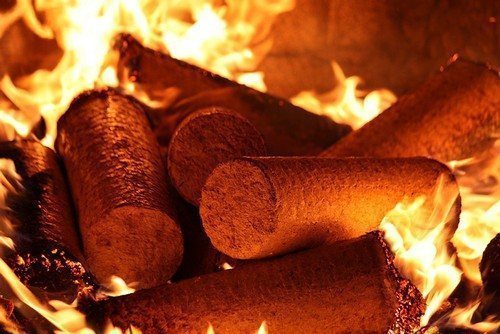
Forms and types of fuel briquettes
Fuel briquettes sold in Russia have the same purpose - to heat rooms using a fireplace, stove, or boiler. This is a kind of alternative to firewood or coal. But individual briquettes may differ in their composition, duration of combustion and volume of heat release, degree of ash content residue, amount of soot released, and other important factors on which the price of it depends.
Briquettes are available in three main forms:
- cylinder with and without hole;
- rectangle in the form of a brick;
- a square or hexagon with a hole along the length of the briquette.
Such forms help reduce the footprint during storage or transportation.
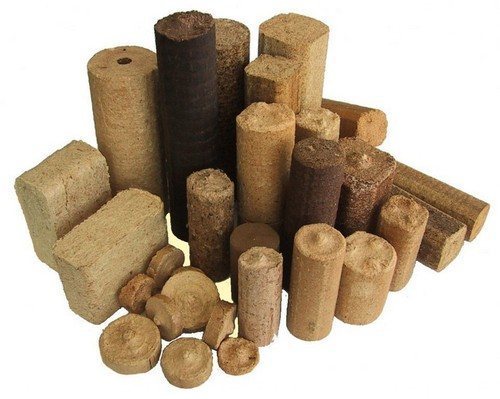
In order to choose the highest quality and affordable fuel, we will consider several types of popular briquettes, their main advantages and disadvantages.
Peat
Bottom peat is used to make fuel. Available in the form of dried and compressed bricks. High density ensures combustion for 12 hours.The environmental friendliness of the natural composition prevents the release of toxic and harmful substances into the air during combustion. To prevent briquettes from igniting, storage areas must be arranged away from fire sources.
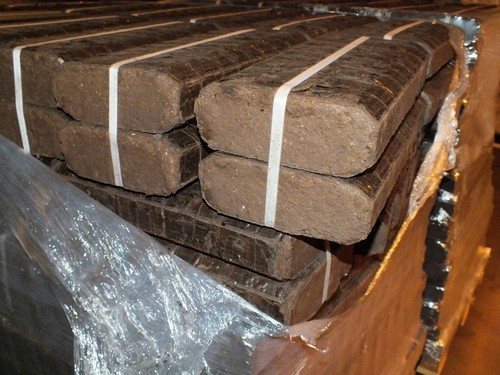
Coal
The price of such briquettes is relatively low due to the simple production process. Brown, charcoal and anthracite are used to form briquettes. The binding components are resin, soda, clay, and lime. They usually have a cylindrical shape with one or several through holes. Fuel, depending on the type of coal, gives off heat at different rates, with anthracite briquettes considered more efficient. During combustion, a small amount of soot is released. Coal fuel is used both in private households and in furnaces and boilers of industrial enterprises. This type of fuel is not recommended for lighting barbecues and barbecues.
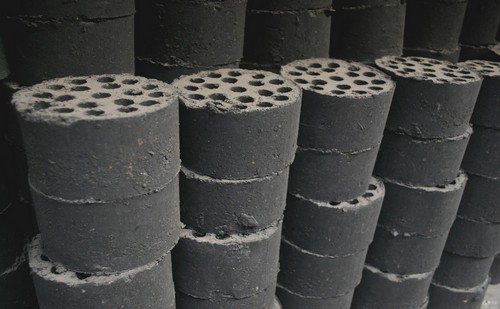
Sawdust
Such briquettes have almost the same properties as ordinary firewood, as they consist of sawdust of various types of wood. However, the combustion duration, due to the high density, doubles. Available in a variety of forms. Most often used for heating residential private houses and for cooking. Sawdust briquettes are susceptible to moisture, so it is important to have a plastic wrap when purchasing.
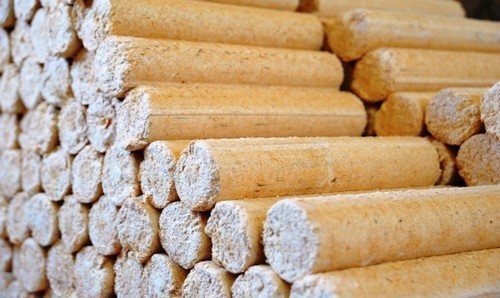
Straw
The straw remaining after processing agricultural crops is thoroughly cleaned of debris and soil, dried, crushed and formed into briquettes.Available in the form of a brick, cylinder, polyhedron with a hole. Has a degree of heat transfer identical to sawdust fuel. Making straw briquettes allows you to dispose of agricultural waste without harming the environment. “Straw firewood” is absolutely safe for cooking and heating private property.
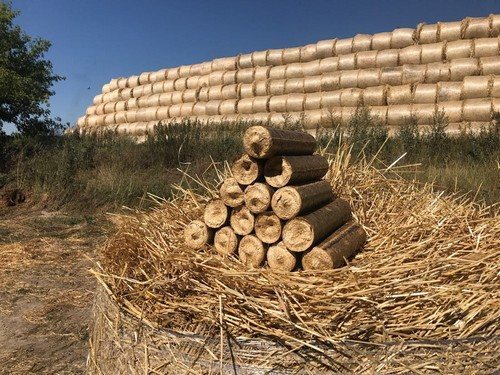
Sunflower husk
Briquettes made from sunflower seed husks can heat a living space for up to eight hours. Compared to peat, they are not as efficient, but they are suitable for household use and heating a small house. Sold in the form of cylinders, hexagons with and without holes, and bricks. The main advantage of fuel made from husks is a very small percentage of ash content (about 7%). Sunflower fuel is very sensitive to moisture and crumbles when exposed to it for a long time. Therefore, when storing, keep the packaging sealed.
